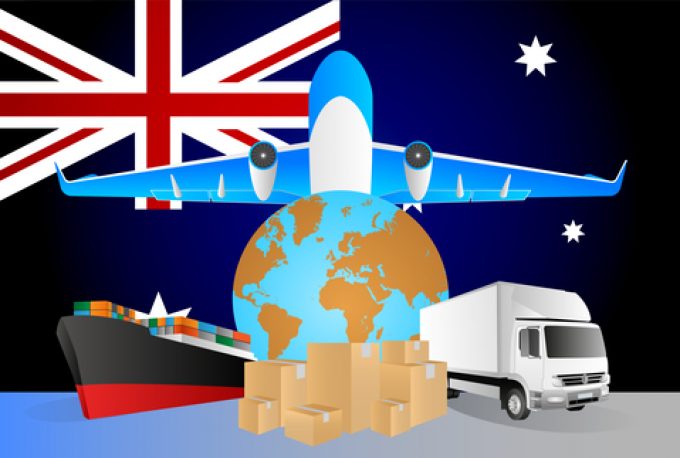China Plus X: DHL Global Forwarding shows new ways to build resilient global supply chains
DHL Global Forwarding has published a white paper titled: “China Plus X: The New Global ...

Aussie exporters received a shot in the arm today with news of a fresh round of subsidies for agri-filled freighter flights – but importers face capacity constraints on ocean freight.
An extra A$240m (US$166m) has been earmarked for the International Freight Assistance Mechanism (IFAM), launched in April after agricultural exporters were left reeling by the sudden elimination of 91% of air cargo capacity.
The grounding of passenger fleets due to coronavirus meant Australia’s high-value agricultural exports, such as seafood, premium red meat, ...
USTR fees will lead to 'complete destabilisation' of container shipping alliances
Outlook for container shipping 'more uncertain now than at the onset of Covid'
Flexport lawsuit an 'undifferentiated mass of gibberish', claims Freightmate
Cancelled voyages take the sting out of spot rate declines this week
Shippers warned: don't under-value US exports to avoid tariffs – 'CBP will catch you'
New Houthi warning to shipping as rebel group targets specific companies


Comment on this article